Capacitive sensors are well-known for presence detection of non-metallic materials in the packaging or plastic assembly industry. Even though these types of applications seem to be ideal for capacitive technology, it’s in non-invasive, liquid level detection that they show their real strength.

Fill hoppers usually need simple low level detection to assure continuous supply of material during the filling process.
Capacitive sensors use circular electrodes to detect a change in the capacitance of a material as it enters its electrostatic field. Most sensors offer an adjustment to modify the amount of capacitance change at which the output should activate. All materials have a specific dielectric constant, which affects the permeability of energy through the electro-static field from one electrode to another. Aqueous liquids like water have a very high dielectric constant whereas materials like plastic, glass, or paper have very low constants.
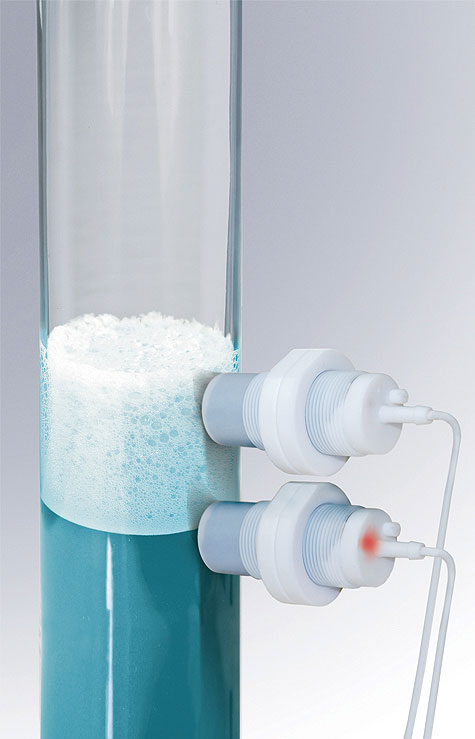
The self-adjusting capacitive sensor operates accurately for an indefinite amount of time regardless of debris build up and/or the presence of heavy foam, eliminating downtime and production loss. No false triggering, no maintenance, no process interruptions.
Here lies the specific advantage of capacitive sensors. Attached to a plastic wall or container, capacitive sensors can be adjusted to the point where they ignore the wall material, but detect any material change inside the container.
Unlike other point-level indication sensors that are specifically designed to detect powders, solids, and liquids, capacitive sensors offer non-invasive level detection for a broad array of applications. From large silo bulk solid detection applications like wood pellets, to small scale lab automation
challenges like liquid levels in ampoules, capacitive sensors offer a reliable and versatile option to today’s level sensing applications.

For quick retrofit applications, capacitive sensors in conjunction with bypass tubes on large silos and tanks prove to be a solid and cost effective solution for level indication feedback.
Liquid level applications have recently benefited from new advancements in capacitive sensing technology. Sensors now operate more reliably by automatically compensating for foam, film, and material build-up, while accurately sensing aqueous or high conductive liquids through walls up to 12 mm thick. They significantly reduces costs for maintenance and installation, since they do not require any initial setup procedure or user interaction to work consistently and safely in virtually all liquid level applications.
Balluff Inc.
www.balluff.com
::Design World::
Filed Under: SENSORS, TEST & MEASUREMENT

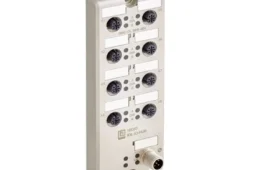
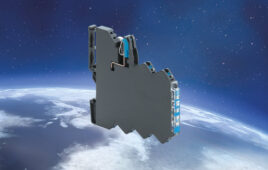
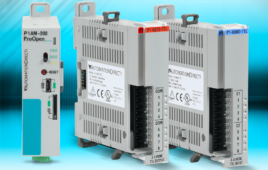
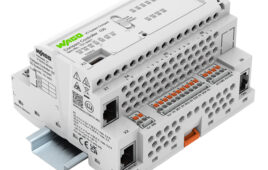
Tell Us What You Think!